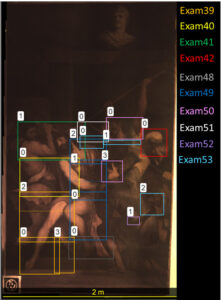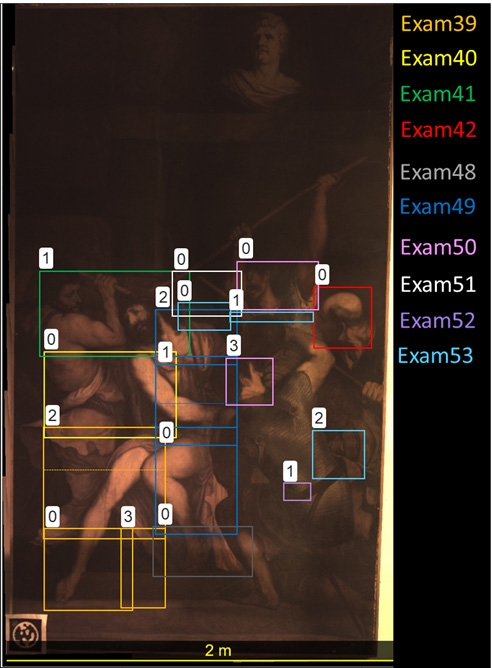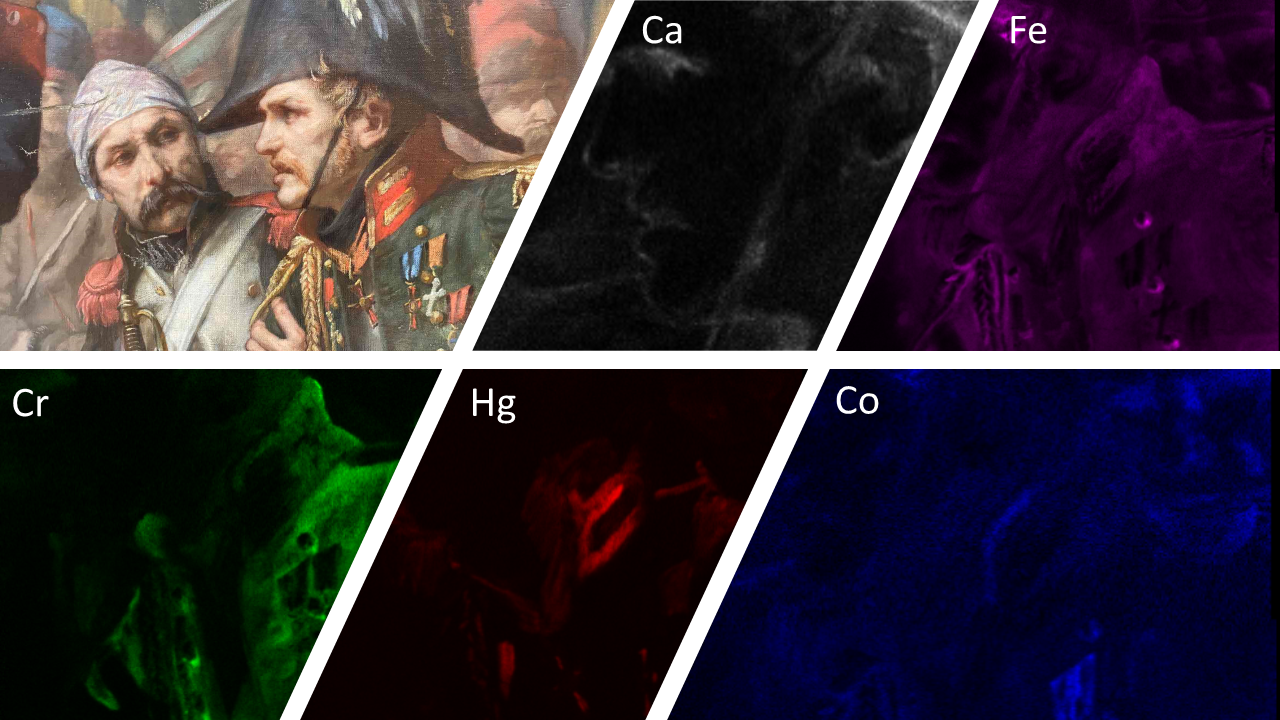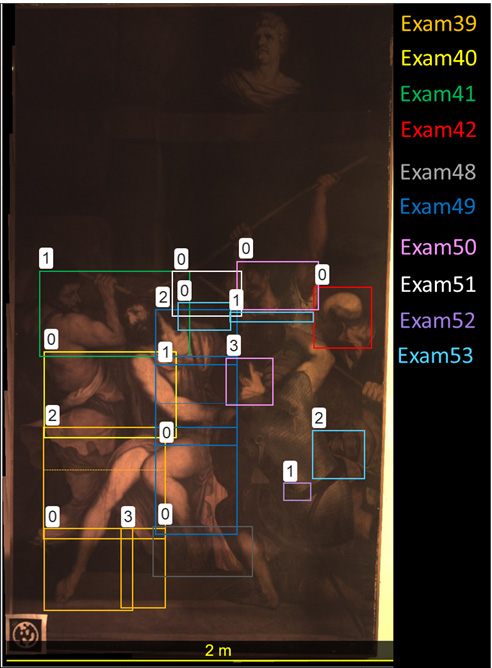Energy-dispersive X-ray fluorescence spectrometry (ED-XRF), or simply XRF analysis, is a well-established spectrometric technique that enables the elemental, qualitative, and quantitative analysis of solid and liquid materials. The method operates on the principle of each element of the periodic table emitting characteristic X-rays when ionized by a stimulating X-ray beam. These characteristic X-rays display unique energy values for each element, allowing the identification of corresponding elements through a suitable detection system (qualitative analysis).
The XRF technique has specific advantages, including fast, simultaneous, and multi-element analysis capability for the majority of the elements in the periodic table (except for chemical elements with a relatively small atomic number, Z < 11). It offers good analytical sensitivity, providing minimum limits of detection in the range of a few μg/g for the analyzed elements. Moreover, its ease of use in the analysis of samples/artifacts without special preparation (non-destructive analysis) has significantly contributed to its widespread application in the field of archaeological research and conservation.
In particular, the Macroscopic X-Ray Fluorescence imaging (MA-XRF) methodology finds wide application in the analytical examination of artworks through the creation of elemental maps that display the distribution of chemical elements on the painted surface. The possibility of visualizing analytical results allows for a more accurate identification of pigment materials, a better understanding of the selection of specific pigments in combination with pictorial elements and enables the drawing of conclusions about the technical application of the means of mixing or the creation of color layers.





